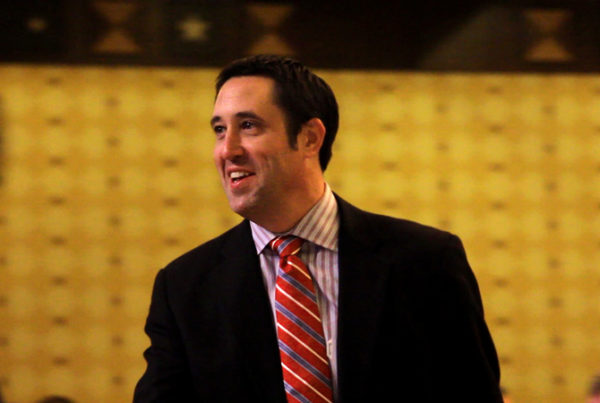From KERA:
President Donald Trump called the opioid crisis in the United States a national emergency last week, and Texas has joined a coalition of states to investigate the role pharmaceutical companies have played in creating and prolonging the epidemic.
Most experts agree, though, the opioid problem is the result of a confluence of factors – and some doctors are scrutinizing the part they played as well, debating the need to prescribe opioids at all. They say rethinking how patients recover from surgery might help curb a national drug crisis.
Enhanced recovery after surgery
Heroin use has skyrocketed fivefold in the past decade, and many health and addiction experts attribute that surge to the lax prescription of pharmaceutical opioids like hydromorphone, oxycodone and morphine. They also go by their brand names like Dilaudid, Percocet, Oxycontin and Norco.
“These are the drugs that patients may start on for legitimate reasons, but [they] continue taking those drugs long term and develop a drug addiction problem,” said Dr. Walter Peters, chief of colorectal surgery at Baylor University Medical Center in Dallas.
According to a CDC report from March of this year, the transition from an initial prescription to chronic use of pharmaceuticals or illegal drugs like heroin can happen very quickly. Even a one-day opioid prescription carries a six percent risk of use a year later. That’s why more doctors, like Peters, are working to prescribe opioids – also called narcotics – more responsibly.
At Baylor, he helped usher in what the medical field calls Enhanced Recovery After Surgery.
“It’s a series of interventions that are designed to reduce the physical and psychological impact of surgery for our patients,” Peters says.
Before surgery, doctors provide education and try to control recovery expectations that patients may have. They emphasize regular eating, early movement and less dependency on narcotics after surgery.
Enhanced recovery programs originated in Europe around the turn of the century and have recently gained traction in American hospitals. Baylor began its program a year ago and has extensively studied its outcomes. The primary goals were to shorten the average hospital stay, reduce costs and help patients recover faster after surgery.
“What we were somewhat pleasantly surprised to learn was that our enhanced recovery program also resulted in a substantial reduction in the number of narcotic prescriptions we had to write and the amount of opioid drugs our patients were taking to control their pain,” Peters says.
Prescribing for pain
About a year into the program, narcotic use among patients recovering from colorectal surgery at Baylor is about 50 percent of what it was before. He expects that number to improve as enhanced recovery protocols expand to other surgical departments in the hospital.
Emily Saeler is the colorectal outcomes manager, who gathered this data through Baylor’s pharmacy.
“We actually looked at it within the first 24 hours. How much did they get in the OR, how much did they get in the [post-anesthesia care unit]. And then if they went to the floor within 24 hours, how much did they get prescribed on the floor?” Saeler says. “And then we looked at up to post-op Day One and then their entire stay. And then we just compared. Is it more or less? Do we need to give them as much as we’re giving them? That’s not what we saw.”
They also saw another interesting trend.
“During this time period, our patient satisfaction scores with regard to pain control have remained stable,” Dr. Peters says.
That’s a significant discovery, he said, given that conventional pain management with opioids was a direct result from conditions in the 1990s, when there was a push for doctors to take pain more seriously – to treat it like a vital sign, as if it was as important as blood pressure and pulse rate.
















